The southern sky is rich with stories and stellar formations that have fascinated humans for centuries. Whether you're an aspiring astronomer or just a stargazing enthusiast, understanding the constellations and stars of the Southern Hemisphere can be a captivating experience. This guide introduces you to the 32 constellations visible in the southern sky, helping you identify some of the most notable stars.
Jump to:
Recommended for you!
Best SellersWhat Are Constellations?
Constellations are groups of stars that form imaginary outlines or meaningful patterns on the celestial sphere. These patterns often represent mythological figures, animals, or objects. While constellations themselves are not physically related stars, they serve as a useful way to navigate and identify specific stars in the night sky.
Why Look at the Southern Hemisphere?
The Southern Hemisphere offers a unique and captivating view of the night sky that cannot be seen from the Northern Hemisphere. It is home to some of the most iconic and easily recognisable constellations, such as the Southern Cross (Crux), which serves as an important navigational aid. The Southern Hemisphere sky also features the Magellanic Clouds, two of the closest galaxies to our own, providing spectacular sights for stargazers. With clearer skies and less light pollution in many southern regions, the visibility of stars, nebulae, and other celestial objects is often unparalleled.
Exploring the 32 Southern Hemisphere Constellations
The Southern Hemisphere is home to 32 recognised constellations, each with its unique features and stories:
1. Antlia (The Air Pump)
Antlia represents an air pump and was introduced by the French astronomer Nicolas Louis de Lacaille in the 18th century. It's a relatively faint constellation and doesn't have any particularly bright stars. Despite its obscurity, it remains a notable part of the southern sky.
Best Time to View: The Antlia constellation is best viewed in April.
2. Apus (The Bird of Paradise)
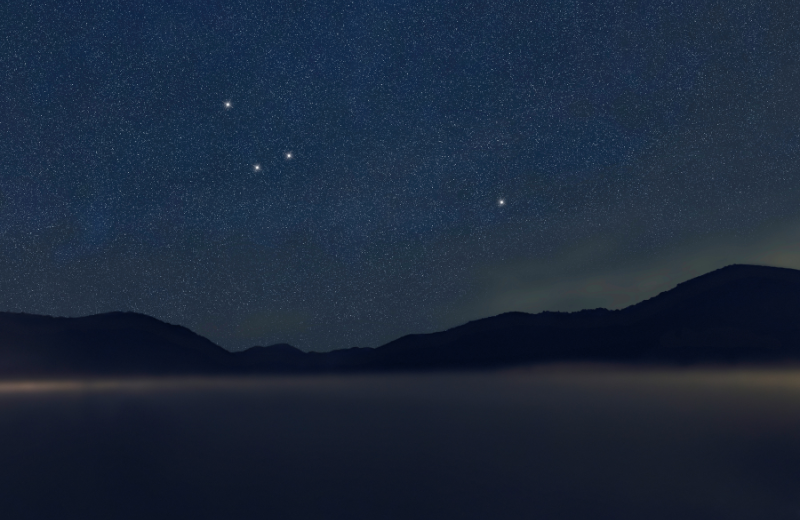
Apus is a small constellation representing a bird of paradise, another creation of Lacaille. It’s located near the south celestial pole and is best viewed from the Southern Hemisphere. The constellation lacks bright stars but contains several interesting deep-sky objects.
Best Time to View: The Apus constellation is best viewed in July.
3. Ara (The Altar)
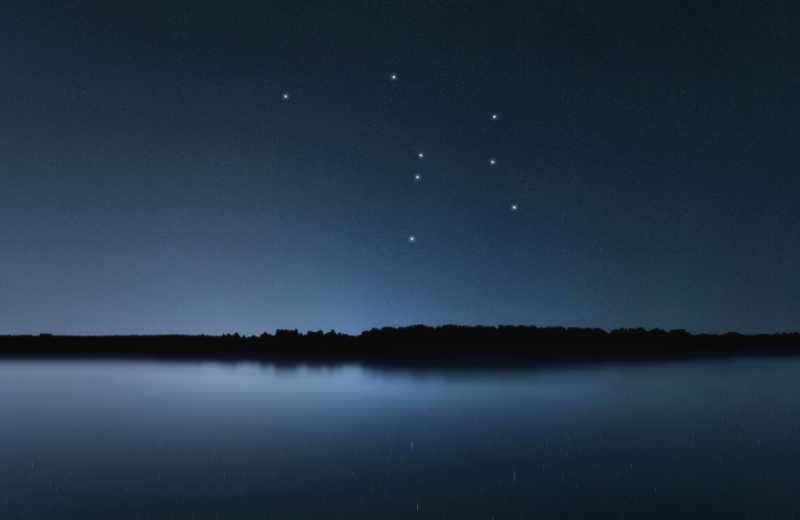
Ara symbolises an altar and is one of the 48 constellations listed by the ancient astronomer Ptolemy. It contains several bright stars and is situated near the Milky Way, making it rich in star clusters. Ara is most visible during the winter months in the Southern Hemisphere.
Best Time to View: The Ara constellation is best viewed in July.
4. Carina (The Keel)
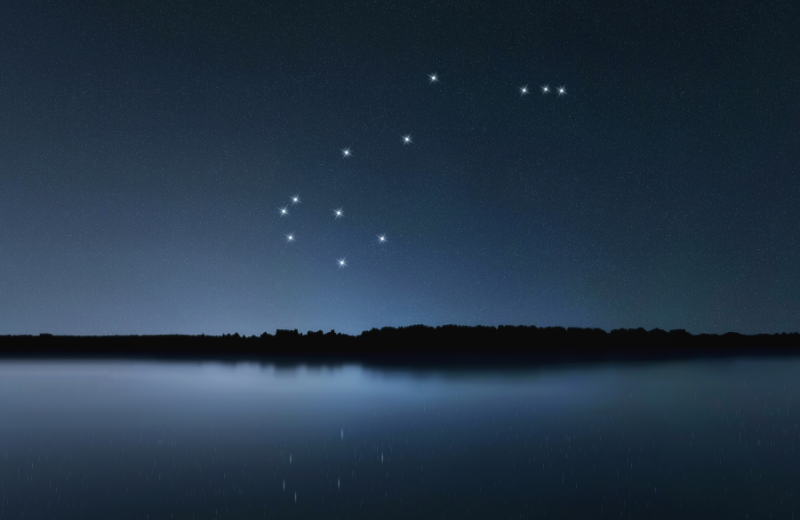
Carina is part of the larger ancient constellation Argo Navis, which was later divided into smaller parts. It is home to Canopus, the second-brightest star in the sky. Carina is rich in celestial objects, including the famous Carina Nebula.
Best Time to View: The Carina constellation is best viewed in March.
5. Centaurus (The Centaur)
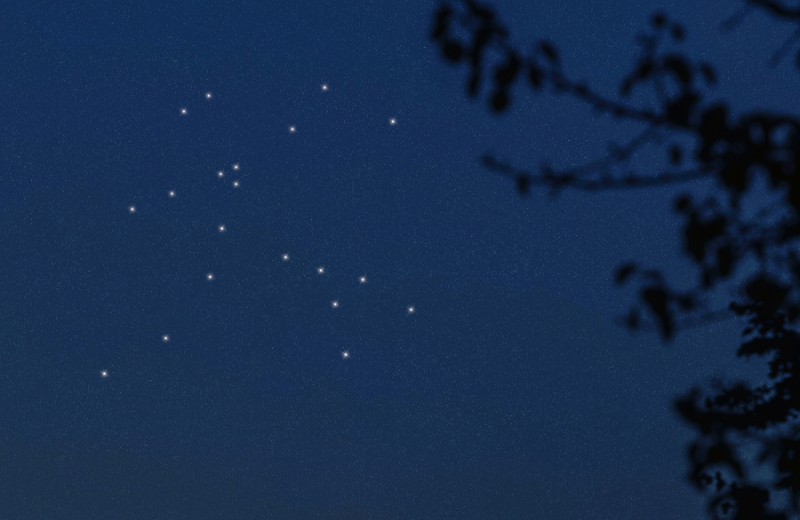
Centaurus is one of the most prominent and largest constellations in the southern sky. It features Alpha Centauri, the closest star system to our Solar System. This constellation has been known since ancient times and represents a centaur from Greek mythology.
Best Time to View: The Centaurus constellation is best viewed in May.
6. Chamaeleon (The Chamaeleon)
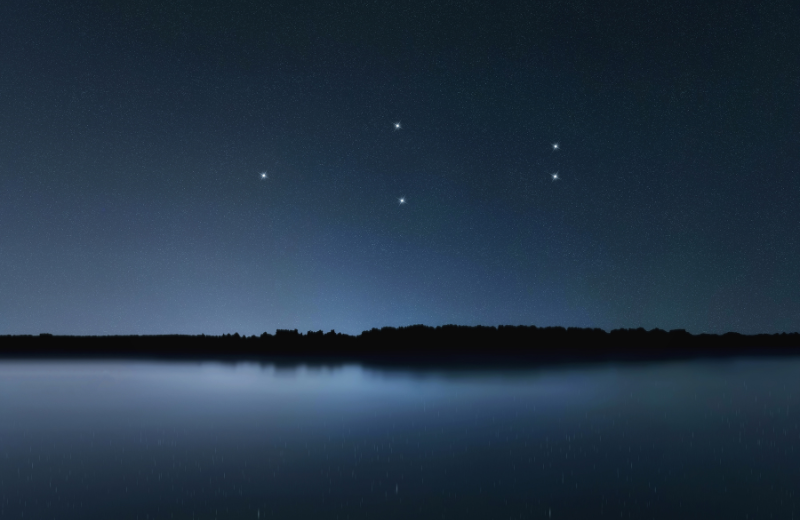
Chamaeleon is a small constellation representing the chameleon, a creature known for its ability to change colours. It is located near the south celestial pole and contains a number of interesting deep-sky objects. The constellation was created by Dutch navigators in the late 16th century.
Best Time to View: The Chamaeleon constellation is best viewed in April.
7. Circinus (The Compass)
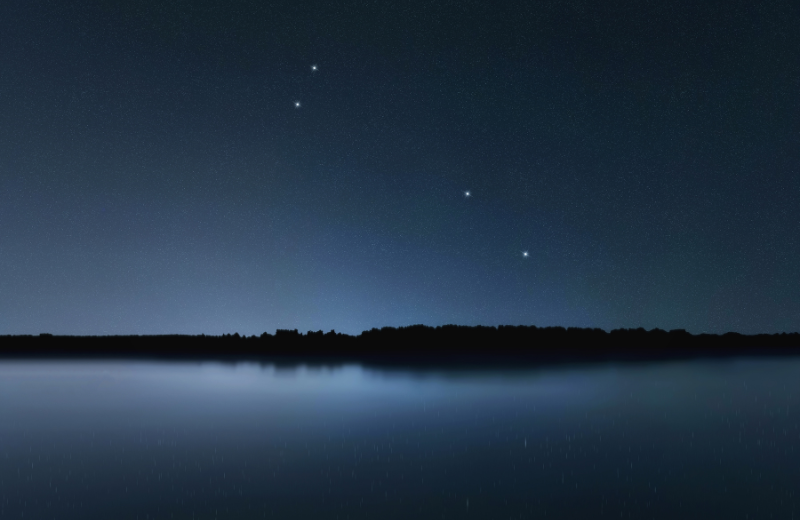
Circinus, named after the drafting instrument, is a small constellation introduced by Lacaille. It's located near the bright constellation Centaurus. Circinus contains several notable stars and a famous ring-shaped galaxy known as the Circinus Galaxy.
Best Time to View: The Circinus constellation is best viewed in June.
8. Columba (The Dove)
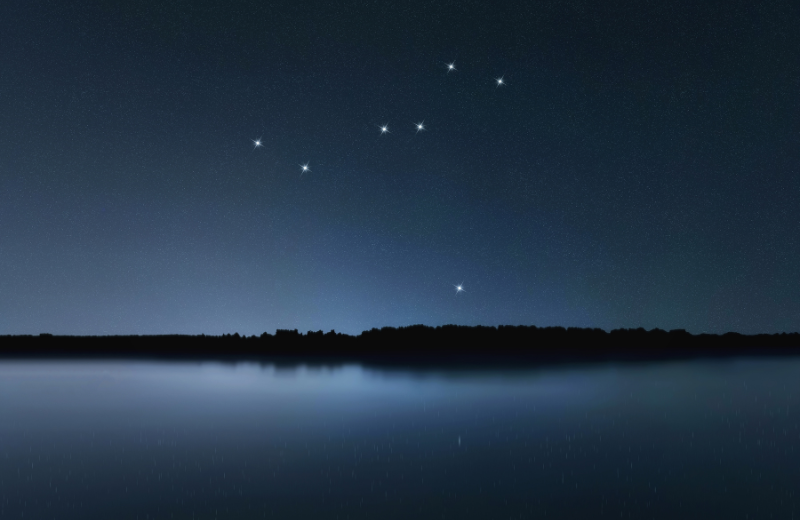
Columba, the dove, is a small constellation south of Canis Major. It was introduced by Petrus Plancius in the late 16th century. The constellation is relatively faint but contains the bright star Alpha Columbae.
Best Time to View: The Columba constellation is best viewed in February.
9. Crux (The Southern Cross)
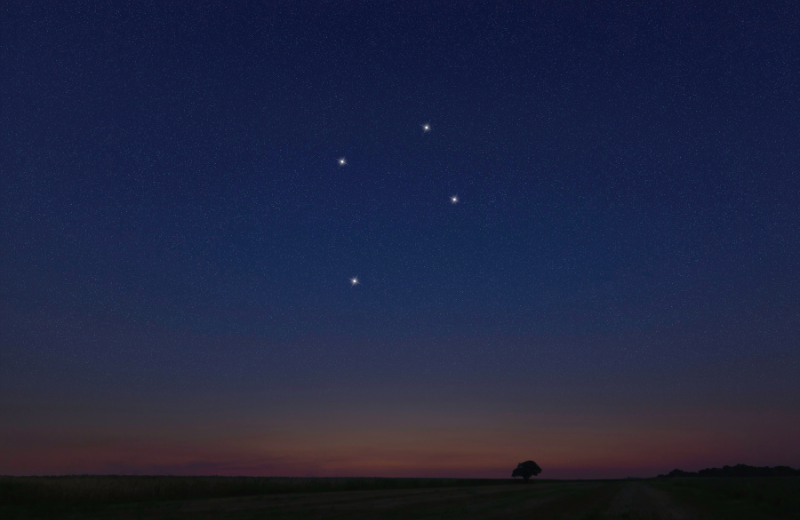
Crux is the smallest constellation but one of the most famous in the Southern Hemisphere. It’s easily recognisable due to its cross shape and is a crucial navigational feature. Crux contains the bright stars Acrux and Mimosa.
Best Time to View: The Crux constellation is best viewed in May.
10. Dorado (The Dolphinfish)
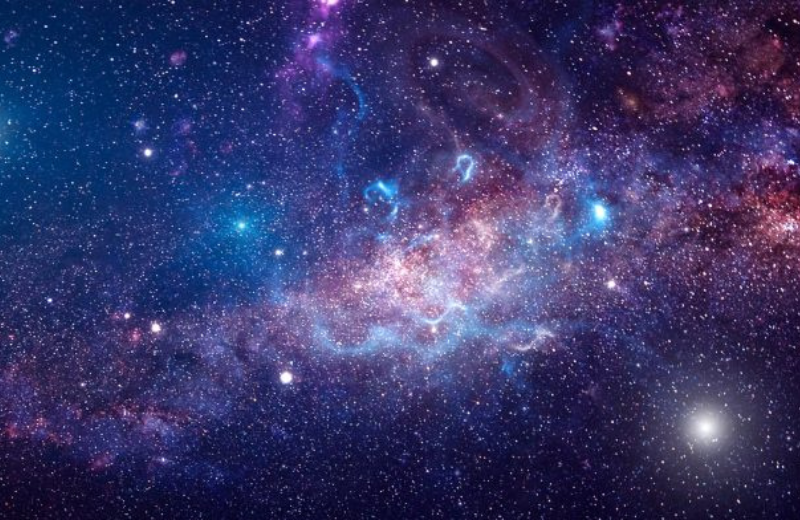
Dorado represents the dolphinfish and is a small constellation introduced by Dutch explorers. It’s known for containing part of the Large Magellanic Cloud, a nearby galaxy. Dorado also hosts several notable star clusters and nebulae.
Best Time to View: The Dorado constellation is best viewed in January.
11. Grus (The Crane)
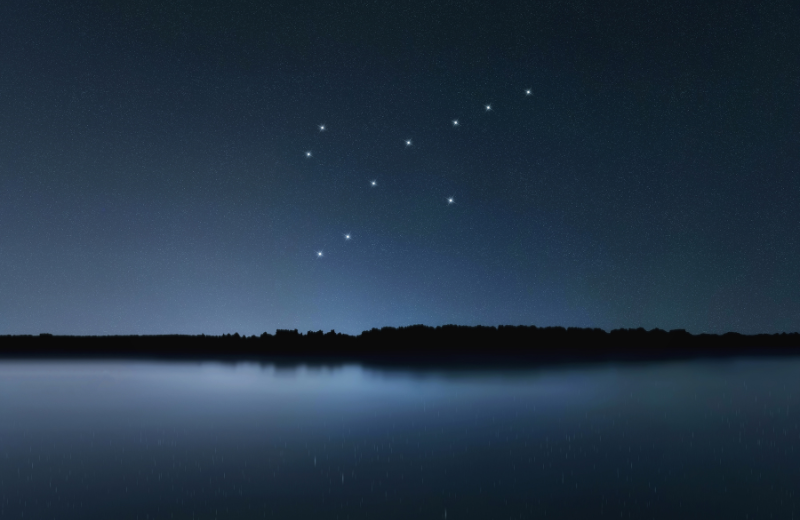
Grus is a modern constellation representing the crane, introduced in the late 16th century. It is notable for its bright stars, including Alpha and Beta Gruis. The constellation is best viewed during spring and summer in the Southern Hemisphere.
Best Time to View: The Grus constellation is best viewed in October.
12. Horologium (The Clock)
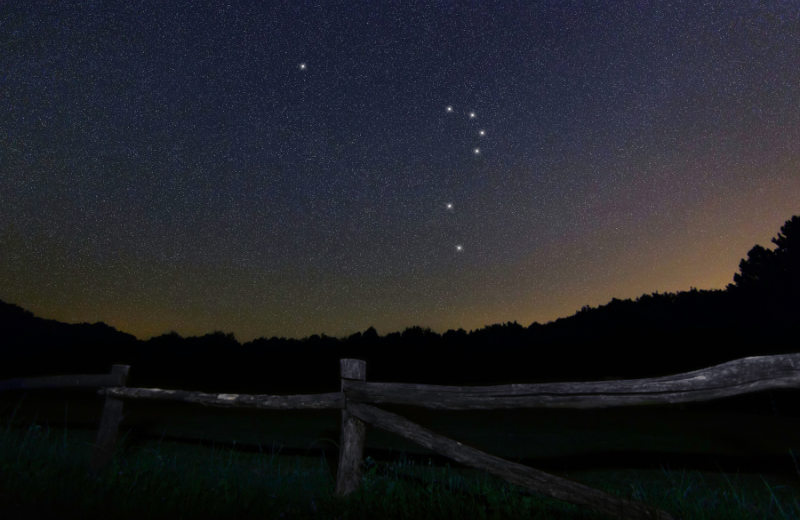
Horologium, named after the clock, is another constellation introduced by Lacaille. It is relatively faint and doesn't contain any particularly bright stars. However, it hosts several interesting deep-sky objects, including the Horologium Supercluster.
Best Time to View: The Horologium constellation is best viewed in December.
13. Hydrus (The Male Water Snake)
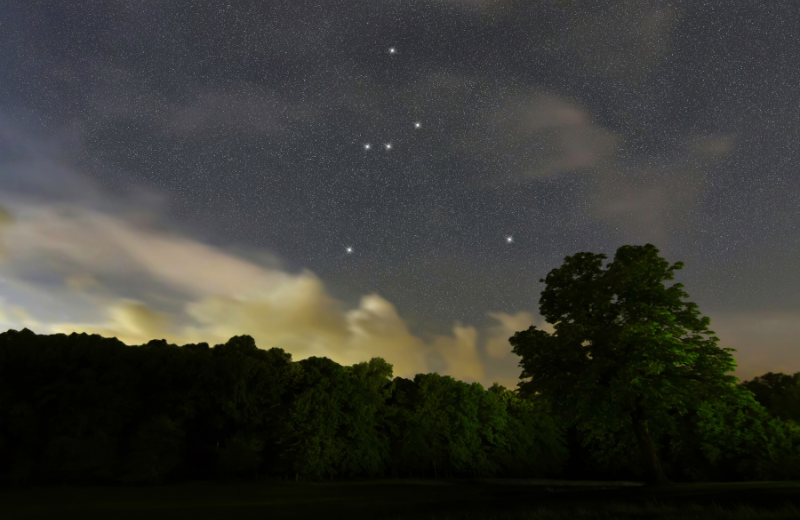
Hydrus represents the male water snake and is a small constellation near the south celestial pole. It was introduced by Dutch navigators in the late 16th century. The constellation is faint but notable for its proximity to the Large Magellanic Cloud.
Best Time to View: The Hydrus constellation is best viewed in November.
14. Indus (The Indian)
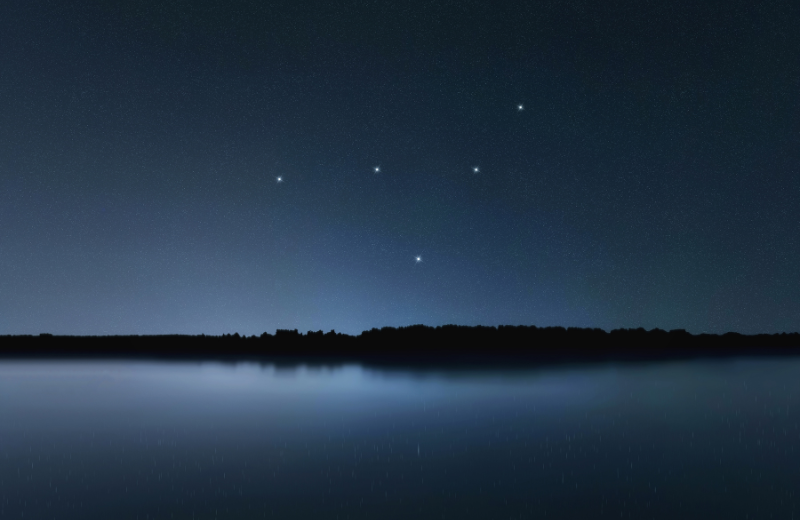
Indus represents an Indian and was created by Dutch explorers. It's a faint constellation with no particularly bright stars. Indus is located near the constellations Grus and Pavo.
Best Time to View: The Indus constellation is best viewed in September.
15. Lupus (The Wolf)
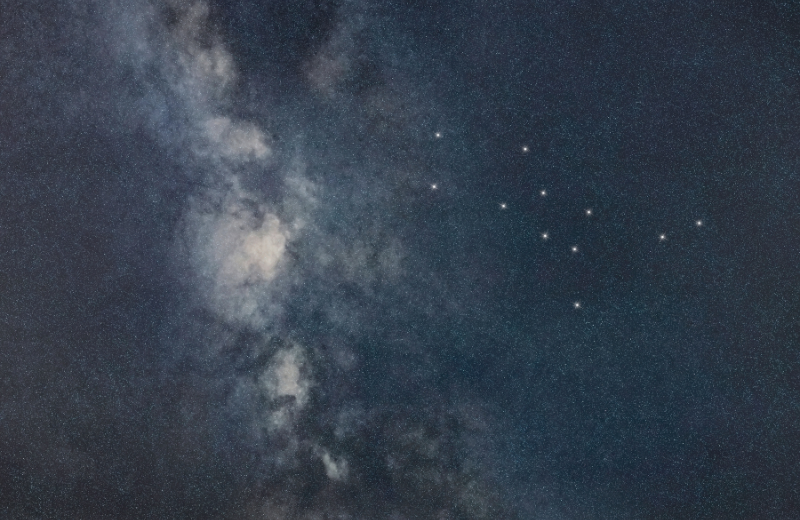
Lupus, the wolf, is an ancient constellation that has been recognised since antiquity. It is located near the Milky Way and contains several bright stars and deep-sky objects. Lupus is most visible during the Southern Hemisphere's autumn months.
Best Time to View: The Lupus constellation is best viewed in June.
16. Mensa (The Table Mountain)
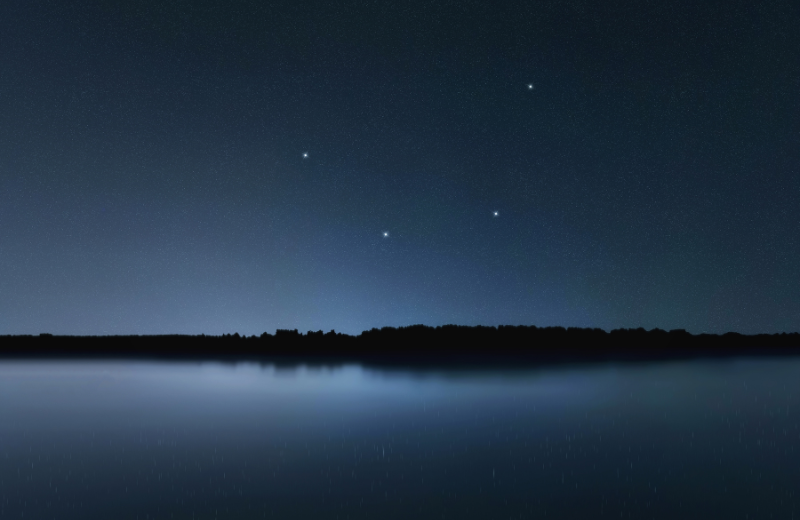
Mensa represents Table Mountain in South Africa and was introduced by Lacaille. It’s notable for containing part of the Large Magellanic Cloud. Mensa is faint and best viewed during the Southern Hemisphere’s summer.
Best Time to View: The Mensa constellation is best viewed in January.
17. Musca (The Fly)
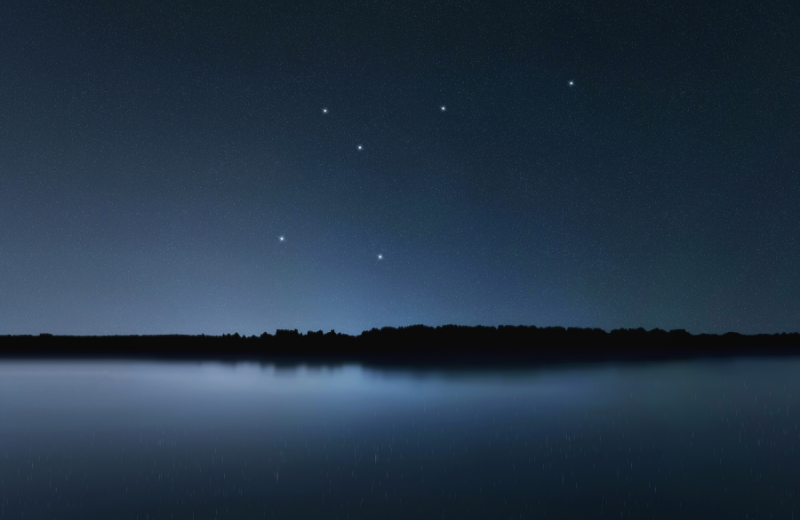
Musca is a small constellation representing a fly, located near Crux. It was created by Dutch navigators and is one of the few insect constellations. Musca contains several interesting stars and deep-sky objects.
Best Time to View: The Musca constellation is best viewed in May.
18. Norma (The Square)
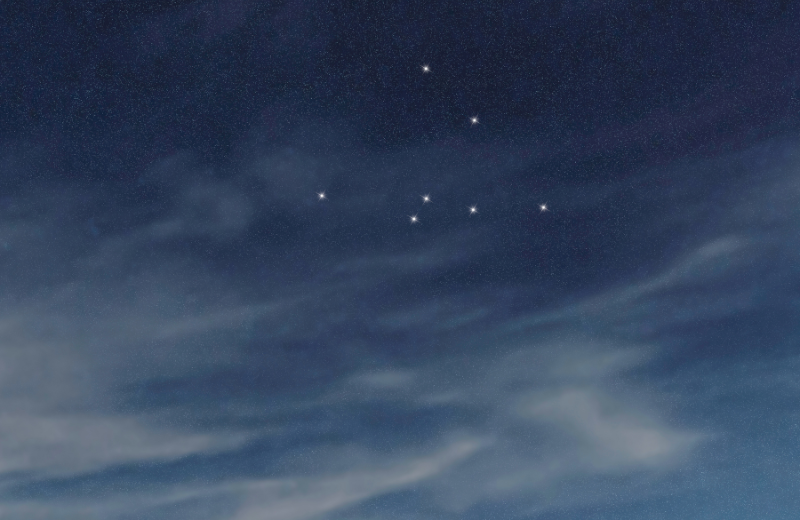
Norma, the square, was introduced by Lacaille and represents a set square used in drafting. It’s a faint constellation located near the Milky Way. Norma hosts several star clusters and nebulae.
Best Time to View: The Norma constellation is best viewed in July.
19. Octans (The Octant)
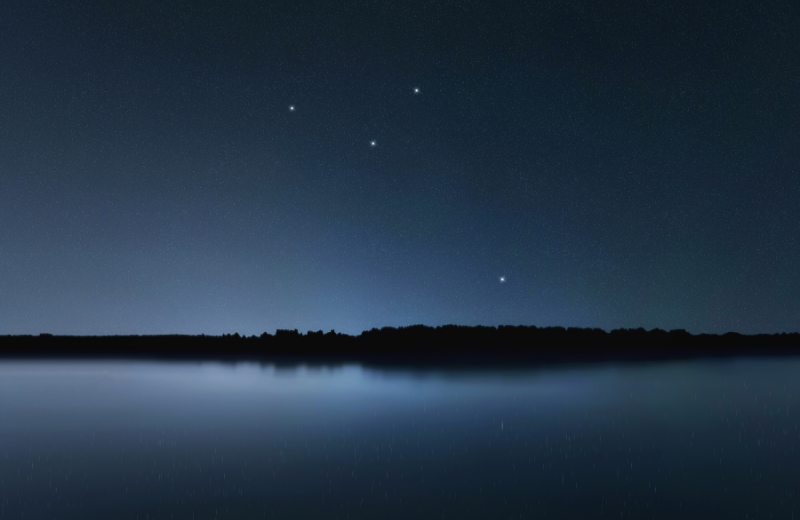
Octans represents the octant, a navigational instrument, and contains the south celestial pole. It’s a faint constellation introduced by Lacaille. Sigma Octantis, the South Star, is part of Octans.
Best Time to View: The Octans constellation is best viewed in August.
20. Pavo (The Peacock)
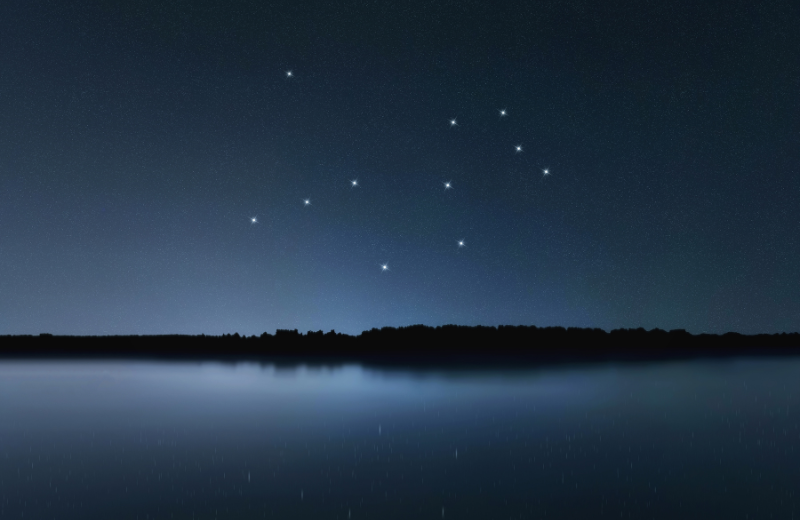
Pavo, the peacock, is a constellation introduced by Dutch navigators. It’s notable for its bright star, Peacock (Alpha Pavonis). Pavo is best viewed during the Southern Hemisphere’s spring and summer.
Best Time to View: The Pavo constellation is best viewed in September.
21. Phoenix (The Phoenix)
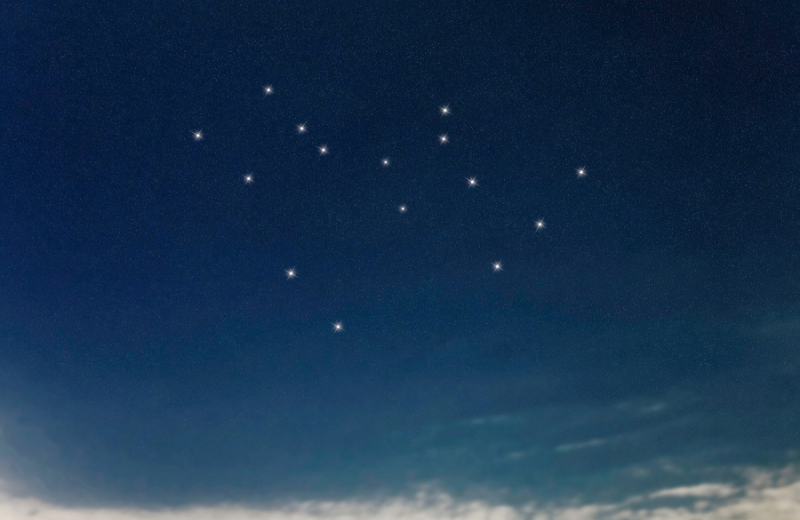
Phoenix represents the mythical phoenix bird and was introduced by Dutch explorers. It’s a relatively bright constellation containing several notable stars and deep-sky objects. Phoenix is best visible during the Southern Hemisphere’s spring months.
Best Time to View: The Phoenix constellation is best viewed in November.
22. Pictor (The Painter's Easel)
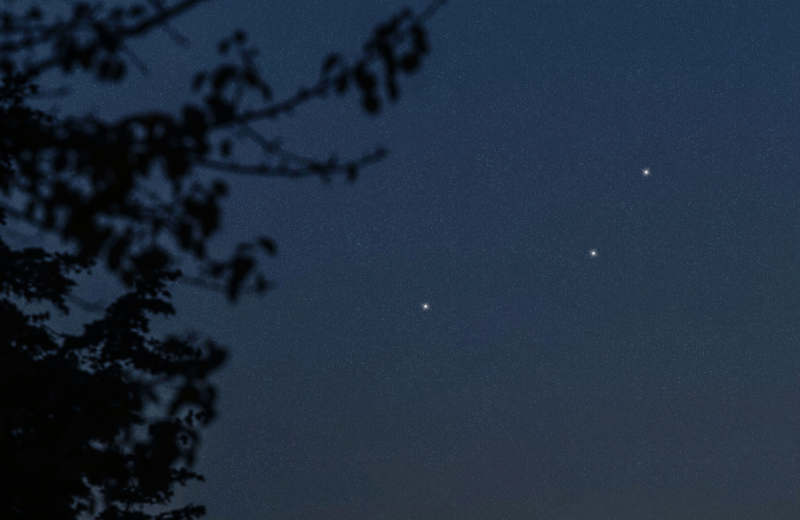
Pictor represents the painter’s easel and was created by Lacaille. It’s a small constellation located near the bright star Canopus. Pictor hosts several interesting celestial objects, including a famous pulsar known as the Pictor A.
Best Time to View: The Pictor constellation is best viewed in January.
23. Puppis (The Poop Deck)
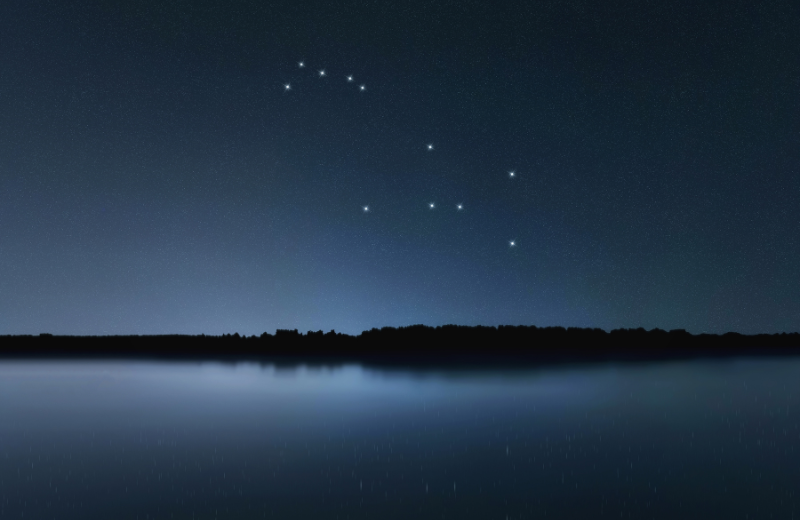
Puppis is part of the ancient constellation Argo Navis, representing the poop deck of a ship. It contains many bright stars and rich star clusters. Puppis is best viewed during the Southern Hemisphere’s summer.
Best Time to View: The Puppis constellation is best viewed in February.
24. Pyxis (The Compass)
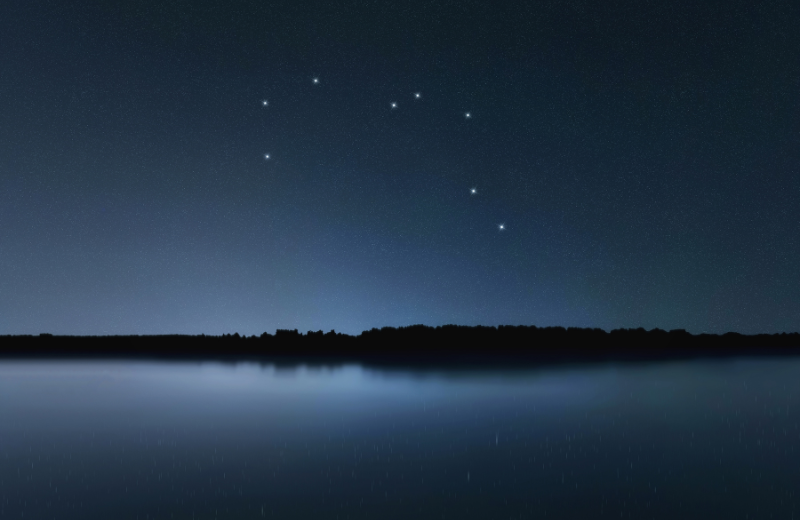
Pyxis, the compass, is a small constellation also part of the former Argo Navis constellation. It was introduced by Lacaille and is located near Vela and Puppis. Pyxis contains several interesting stars and a notable star cluster known as NGC 2818.
Best Time to View: The Pyxis constellation is best viewed in March.
25. Reticulum (The Reticle)
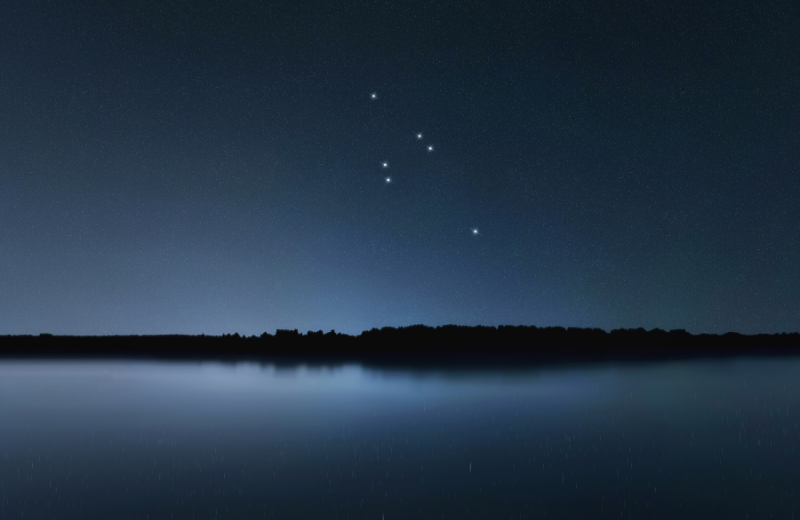
Reticulum, representing a small net or reticle, was introduced by Lacaille. It’s a faint constellation located near Dorado. Reticulum hosts several notable stars and deep-sky objects.
Best Time to View: The Reticulum constellation is best viewed in December.
26. Sculptor (The Sculptor)
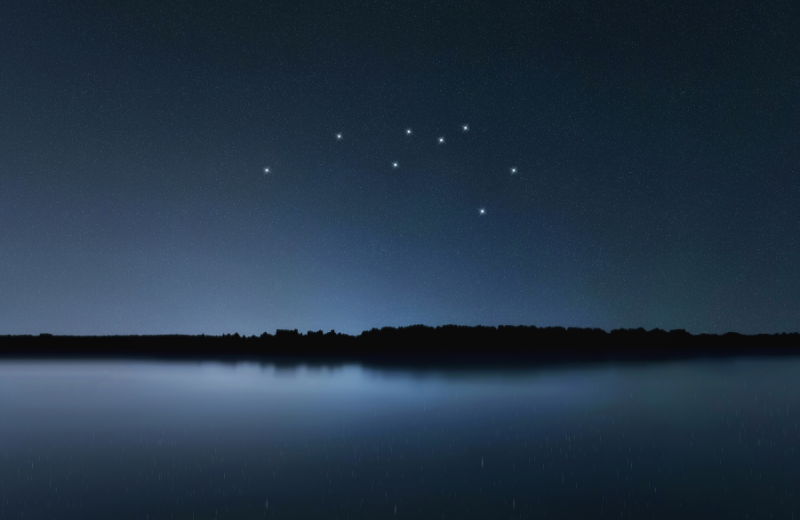
Sculptor, named after the sculptor's workshop, was introduced by Lacaille. It’s a faint constellation but contains the South Galactic Pole. Sculptor hosts the Sculptor Galaxy, a well-known deep-sky object.
Best Time to View: The Sculptor constellation is best viewed in October.
27. Scorpius (The Scorpion)
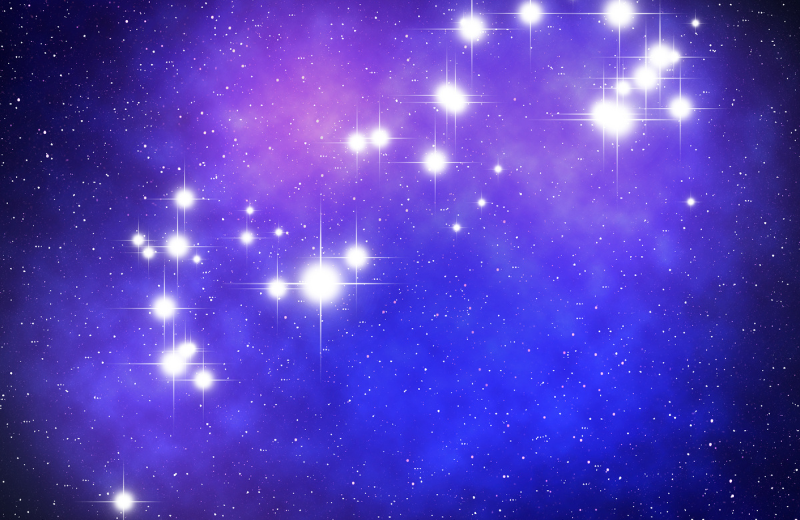
Scorpius is one of the most recognisable constellations due to its distinctive shape. It contains many bright stars, including Antares, a red supergiant. Scorpius is visible in both hemispheres but is best viewed in the Southern Hemisphere.
Best Time to View: The Scorpius constellation is best viewed in July.
28. Telescopium (The Telescope)
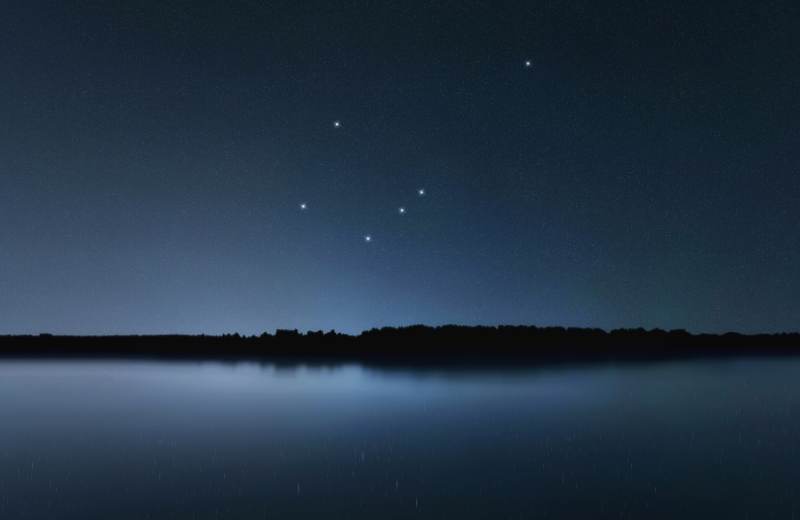
Telescopium, representing the telescope, was introduced by Lacaille. It’s a small and faint constellation located near Pavo and Sagittarius. Telescopium contains several interesting stars and deep-sky objects.
Best Time to View: The Telescopium constellation is best viewed in August.
29. Triangulum Australe (The Southern Triangle)
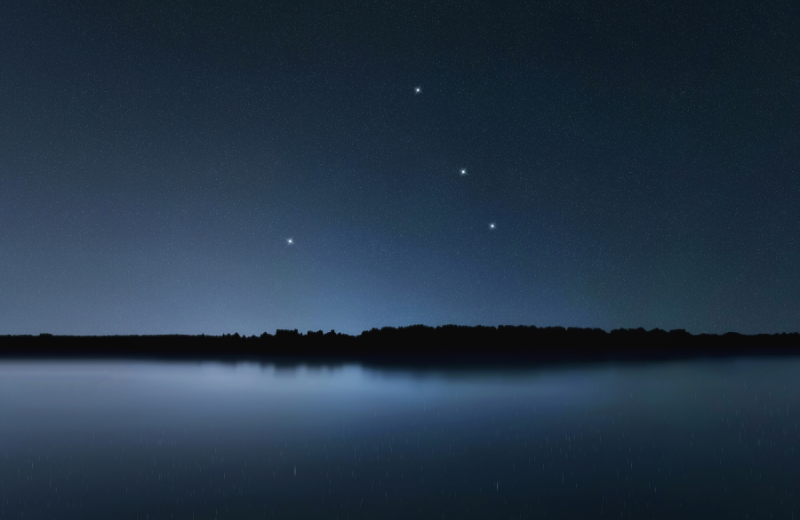
Triangulum Australe, the southern triangle, is a small but bright constellation. It was introduced by Dutch navigators and is easily recognisable due to its triangular shape. The constellation contains several bright stars, including Alpha Trianguli Australis.
Best Time to View: The Triangulum Australe constellation is best viewed in July.
30. Tucana (The Toucan)
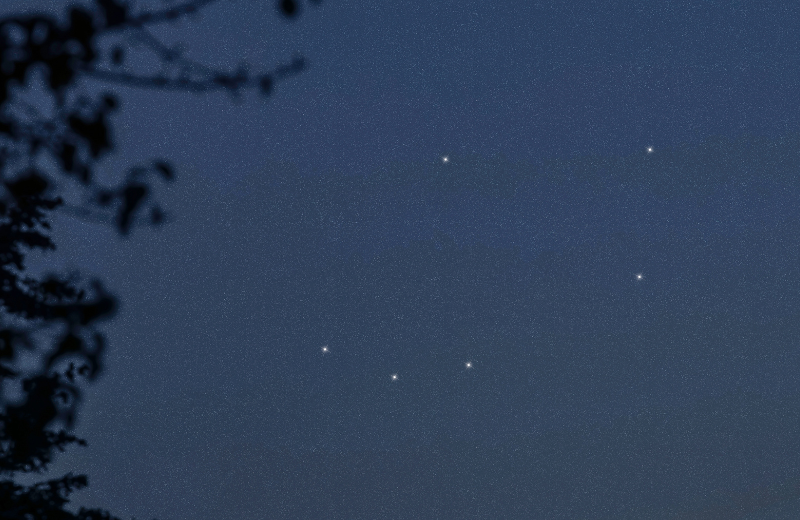
Tucana represents the toucan bird and was created by Dutch explorers. It’s notable for containing the Small Magellanic Cloud, a nearby dwarf galaxy. Tucana is best viewed during the Southern Hemisphere’s spring months.
Best Time to View: The Tucana constellation is best viewed in October.
31. Vela (The Sails)
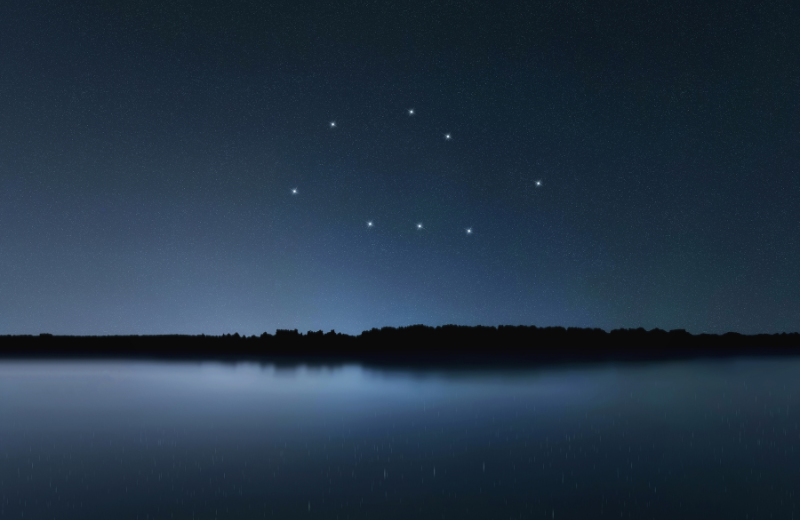
Vela is part of the ancient constellation Argo Navis, representing the sails of the ship. It contains many bright stars and is rich in star clusters and nebulae. Vela is best viewed during the Southern Hemisphere’s summer months.
Best Time to View: The Vela constellation is best viewed in March.
32. Volans (The Flying Fish)
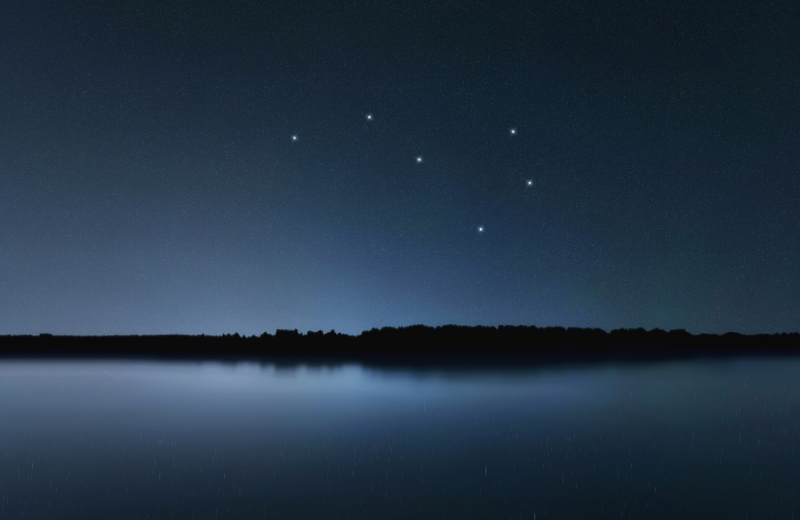
Volans represents the flying fish and was introduced by Dutch navigators. It’s a small and faint constellation located near Carina and Chamaeleon. Volans contains several notable stars and deep-sky objects.
Best Time to View: The Volans constellation is best viewed in February.
Notable Stars in the Southern Hemisphere
The Southern Hemisphere is home to some of the most remarkable stars in the night sky, each with unique characteristics that make them stand out. Here are a few notable stars that shine brightly in the southern skies and captivate stargazers around the world.
- Alpha Centauri: Alpha Centauri is the closest star system to our own, consisting of three stars. It’s located in the constellation Centaurus and is the third-brightest star in the southern sky.
- Canopus: Canopus is the brightest star in the constellation Carina and the second-brightest star in the entire sky. It’s a key navigational star due to its brightness and position.
- Sirius: Sirius, also known as the Dog Star, is the brightest star in the night sky and is part of the constellation Canis Major. Though it is more easily seen in the Northern Hemisphere, it is still visible in the southern skies.
- Antares: Antares is a red supergiant star in the heart of the Scorpius constellation. Its reddish colour makes it stand out and easy to identify.
- Achernar: Achernar is the brightest star in the constellation Eridanus. It’s notable for being the ninth-brightest star in the night sky and has a distinctive blue-white hue.
Tips for Stargazing
Stargazing can be a magical experience, especially when you know how to optimise your viewing conditions. Here are some practical tips to help you get the most out of your stargazing adventures.
- Find a Dark Location: Light pollution from cities can obscure your view of the stars. Try to find a dark location away from city lights to ensure a clearer and more breathtaking view of the night sky.
- Use a Star Chart: A star chart or a stargazing app can help you identify constellations and stars more easily. These tools can enhance your understanding of the night sky and guide you to the most interesting celestial objects.
- Bring Binoculars or a Telescope: While many stars and constellations are visible to the naked eye, binoculars or a telescope can enhance your viewing experience. These instruments allow you to see more detail and discover objects that are not visible without magnification.
- Check the Weather: Clear skies are essential for stargazing, so check the weather forecast before heading out. Cloud cover can hinder your view, so planning ahead can ensure you have the best possible conditions for observing the stars.
Recommended for you!
Best SellersFrequently Asked Questions About Southern Hemisphere Constellations
Are Zodiac Constellations the Same in the Southern Hemisphere?
The zodiac constellations are the same in both the Northern and Southern Hemispheres. These 12 constellations lie along the ecliptic, the apparent path of the Sun across the sky over the course of a year. Whether you’re in Australia, Brazil, or South Africa, you’ll see the same zodiac constellations.
What Is the Brightest Constellation in the Southern Hemisphere?
The brightest constellation in the Southern Hemisphere is Centaurus, thanks to the presence of Alpha Centauri. This constellation is not only bright but also rich in deep-sky objects.
What Is the Largest Constellation in the Southern Hemisphere?
Hydra is the largest constellation in the Southern Hemisphere. It stretches over a vast area of the sky and contains several interesting stars and deep-sky objects.
Can You See Orion’s Belt in the Southern Hemisphere?
You can see Orion’s Belt in the Southern Hemisphere. Orion is a prominent constellation visible from both hemispheres, and its belt is one of the easiest star patterns to recognise.
What Is the Polar Star in the Southern Hemisphere?
The Southern Hemisphere does not have a bright polar star like the Northern Hemisphere's Polaris. However, Sigma Octantis, also known as the South Star, is the closest star to the south celestial pole.
Can You See Pleiades from the Southern Hemisphere?
The Pleiades star cluster, also known as the Seven Sisters, is visible from the Southern Hemisphere. It is located in the constellation Taurus and is best seen during the summer months.
Can the Big Dipper Be Seen in the Southern Hemisphere?
The Big Dipper, part of the Ursa Major constellation, is not visible from most of the Southern Hemisphere. It is primarily a Northern Hemisphere constellation.
Why Do Some Southern Hemisphere Constellations Have Modern Names?
Many constellations in the Southern Hemisphere have modern names because they were named by European explorers and navigators during the Age of Exploration. These names often reflect objects, animals, or instruments known to those explorers.
Study Astronomy for £29
If you're fascinated by the stars and constellations of the Southern Hemisphere and want to learn more, why not deepen your knowledge with our Astronomy Diploma Course at Centre of Excellence? Our course is designed for all levels and offers fascinating insights into the wonders of the night sky. For a limited time, you can enrol for just £29!













